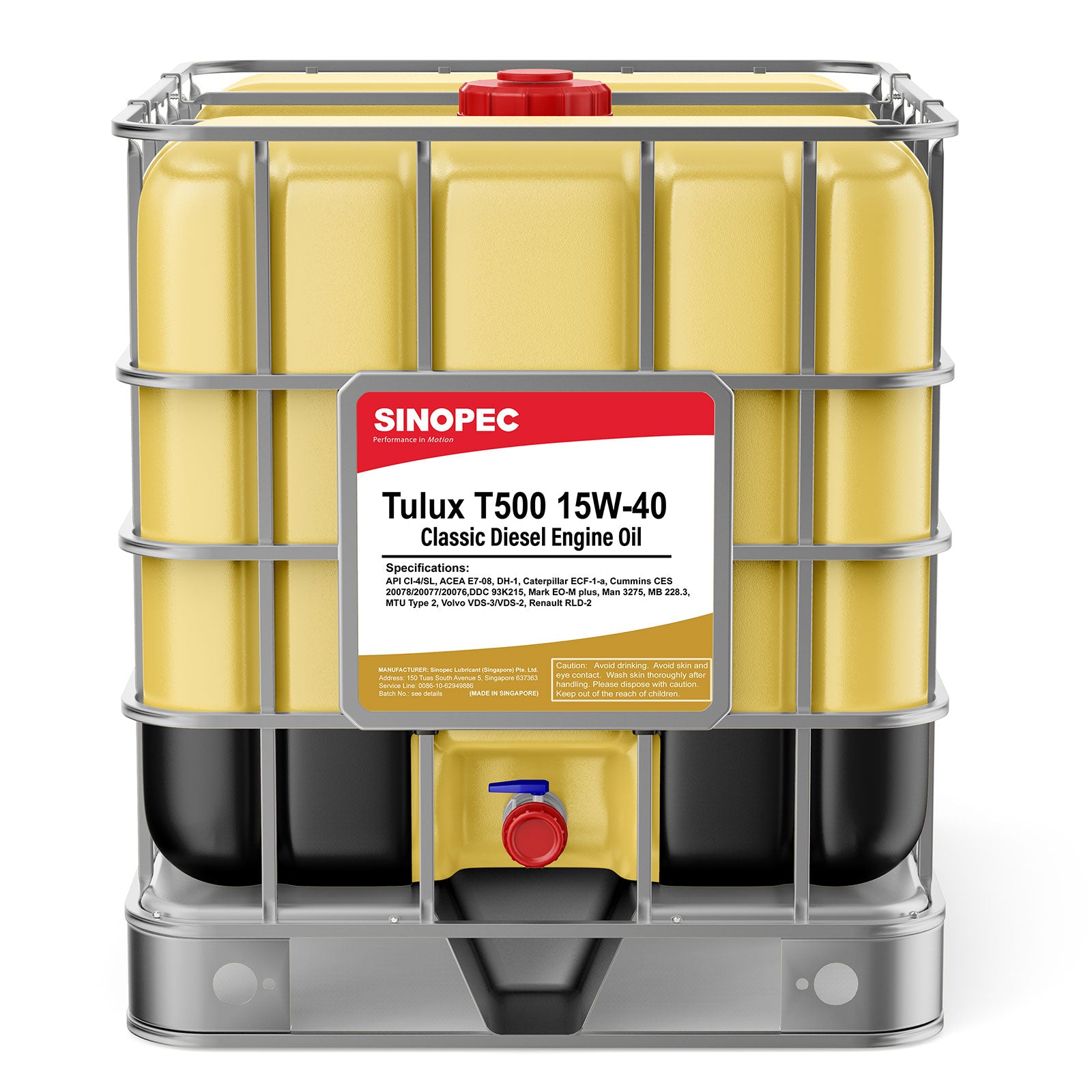There is a rising awareness of the importance of using eco-friendly lubricants, particularly in industries in ecologically-sensitive areas like forestry, agriculture, waterways, marine, mining, etc.Many hydraulic installation owners endorse the environmental concern, but wonder whether the performance of their machine will be maintained when switching from a standard hydraulic oil to a biodegradable fluid.
What about operating efficiency when switching to a biodegradable oil?
We can safely say that the performance and machine lifetime of the hydraulic installation will not be negatively affected when switching to a high-quality biodegradable oil.
Before filling your hydraulic machine with a new biodegradable oil, first analyse the quality of the current oil in use. Determine the compatibility of the old and new oils by performing tests on air release, foam behaviour, viscosity and water content of a sample of the oil in service (approx. 500ml).
If no information on the oil in use is available or if the results of the oil analysis are negative in terms of quality or compatibility, you must follow the next instructions for good practice.
Want to learn more about switching to biodegradable oil?
Instructions for filling or mixing biodegradable hydraulic oils
When switching from mineral oil to biodegradable hydraulic oil, the ISO standard 15380 can be used as a general guideline. This standard stipulates a maximum mineral oil pollution degree of 2%. When mixing two different biodegradable oils the same degree of 2% is acceptable.
To guarantee a minimum pollution degree follow these instructions:
Oil change without dismantling machine components
- Drain the hydraulic system. Approximately 40 % of the hydraulic oil will remain in pumps, pipes, filters, valves and cylinders.
- Fill the hydraulic system to the normal level with the new oil.
- Repeat the above two steps until the 2% limit is reached. This process is necessary to flush and clean the hydraulic system.
Example:
After one oil drain: 40 % of the old oil remains.
After two oil drains: 16% of the old oil remains (0,4 x 0,4).
After four oil drains: 2,5% of the old oil remains (0,4 x 0,4 x 0,4 x 0.4).
Oil change with dismantling and draining of machine components
With a certain number of labour hours spent on dismantling the machine, the quantity of oil remaining in the cylinders, pipes and filters can be reduced to approximately 15 %. This means that two oil drains are sufficient to reach a pollution degree of 2,3 % (0,15 x 0,15).
To determine the most cost-efficient oil change method (with or without dismantling) the number of labour hours must be weighed against the cost price of the oil used to flush the installation.
Other recommendations when filling/mixing biodegradable hydraulic oils
- Clean the empty tank and dismantled components if possible during the procedure.
- Replace all filters.
- De-air and restart the machine between each flush, while taking care of any air locked in the system.
- Clearly indicate that the machine has been filled with biodegradable oil.
- Replace the oil filter after 50 hours of operation.
- Install a special filter to remove water.*
- Submit an oil sample for control after the machine is ready for use.
* Water in the system will normally evaporate when running, but in extreme circumstances or careless cleaning of the machine, water can ingress the oil. Biodegradable oil breaks down in an aqueous environment.
















